Analyzing The Economic Fallout Of Trump's China Tariffs: Inflation And Supply Chain Disruptions
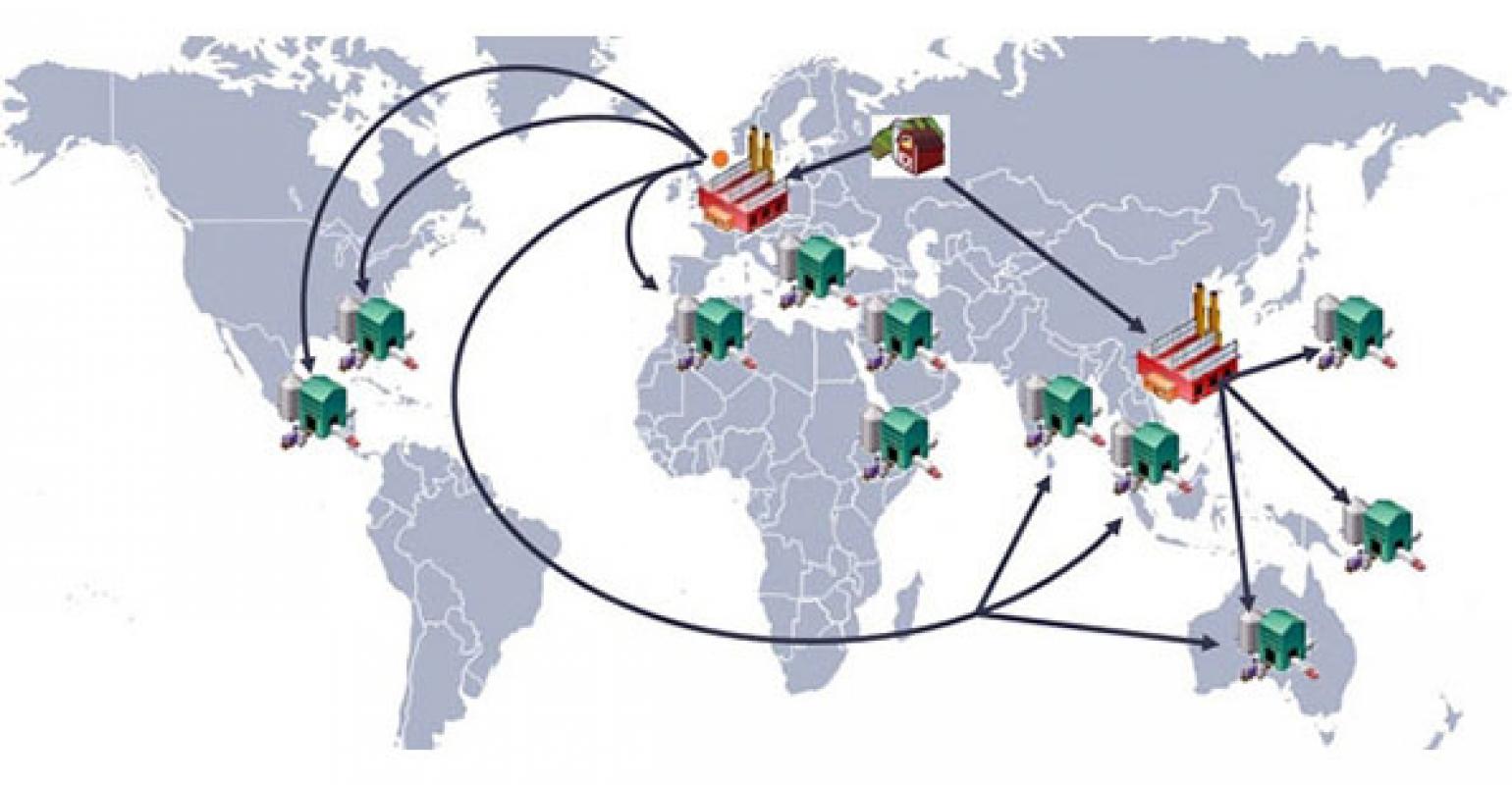
Table of Contents
The Impact of Tariffs on Inflation
The Trump administration's tariffs directly increased the cost of imported goods, triggering a ripple effect throughout the US economy. This increase in costs fueled inflation, impacting both consumers and businesses.
Increased Prices for Consumers
Tariffs directly translated into higher prices for consumers. The added cost of imported goods, ranging from consumer electronics and furniture to clothing and everyday household items, squeezed household budgets.
- Consumer Electronics: Prices for smartphones, laptops, and televisions increased significantly due to tariffs on imported components.
- Furniture: The cost of furniture rose, impacting both affordability and consumer demand.
- Clothing and Apparel: Tariffs on textiles and apparel led to higher prices for clothing, impacting consumers across all income brackets.
The Bureau of Labor Statistics (BLS) data shows a clear correlation between the implementation of tariffs and the subsequent increase in the Consumer Price Index (CPI) for various affected goods. While isolating the precise impact of tariffs from other inflationary pressures is complex, the data suggests a noticeable contribution.
Inflationary Pressure on Businesses
Businesses faced the difficult choice of absorbing the increased costs due to tariffs or passing them on to consumers. Many opted for price increases, further fueling inflation. Those who could not pass on increased costs experienced reduced profit margins, impacting their ability to invest and grow.
- Retailers: Faced higher costs for imported goods, leading to price increases and reduced profit margins.
- Manufacturers: Experienced increased input costs, forcing them to either raise prices or reduce output.
- Small Businesses: Were particularly vulnerable, often lacking the scale to absorb the increased costs.
The ripple effect of these increased business costs amplified inflationary pressures throughout the economy.
The Role of Tariffs in the Overall Inflationary Environment
While other factors contributed to the inflationary environment of the time (e.g., increased energy prices, supply chain bottlenecks unrelated to tariffs), the tariffs played a significant, albeit difficult-to-quantify, role. Disentangling the precise contribution of tariffs from other factors requires sophisticated econometric modeling, but the observed price increases in targeted sectors strongly suggest a direct link.
Disruptions to Global Supply Chains
The tariffs significantly disrupted global supply chains, leading to increased costs and delays for businesses.
Increased Transportation Costs and Delays
Tariffs complicated international trade, leading to longer shipping times and increased transportation costs. This was exacerbated by increased port congestion and a shortage of shipping containers.
- Port Congestion: Increased customs processing times and inspections at ports led to significant delays.
- Freight Costs: The cost of shipping goods internationally increased substantially, impacting business profitability.
- Inventory Management: Businesses struggled to maintain adequate inventory levels due to unpredictable delivery times.
These disruptions had a cascading impact on businesses relying on timely delivery of goods, leading to production delays and increased costs.
Restructuring of Global Supply Chains
Businesses responded to tariffs by diversifying their supply chains, seeking alternative suppliers outside of China. This involved reshoring (bringing production back to the US) or nearshoring (moving production to nearby countries).
- Reshoring: While reducing reliance on China, reshoring often came with higher labor and production costs.
- Nearshoring: Offered a compromise between cost and proximity, but still resulted in disruptions and increased logistics challenges.
This restructuring, while aimed at mitigating the impact of tariffs, itself incurred significant costs and altered long-term global trade patterns.
Impact on Specific Industries
Certain industries felt the impact of the tariffs more severely than others. Industries heavily reliant on Chinese imports experienced significant disruptions.
- Manufacturing: Many manufacturers experienced increased costs and production delays due to tariffs on imported components.
- Agriculture: Farmers faced challenges due to tariffs on agricultural products and retaliatory tariffs imposed by China.
Quantitative data demonstrating these impacts on specific industry sectors is readily available from various government and industry reports, further confirming the disruptive effects.
Long-Term Economic Consequences
The long-term consequences of Trump's China tariffs extend beyond immediate price increases and supply chain disruptions.
Reduced Economic Growth
Economic models and studies suggest that the tariffs led to reduced economic growth, primarily through lost productivity and reduced investment. The resources diverted to navigating the complexities of the tariffs represented an opportunity cost, preventing investment in other productive activities.
Geopolitical Implications
The tariffs exacerbated tensions between the US and China, impacting global trade relations and international cooperation. China retaliated with its own tariffs, creating a trade war that harmed both economies and disrupted global trade flows. The tariffs also damaged trust and cooperation in international trade agreements.
Conclusion: Assessing the Economic Fallout of Trump's China Tariffs
In conclusion, Trump's China tariffs had a significant negative impact on the US economy, exacerbating inflation and causing widespread disruptions to global supply chains. These tariffs demonstrably contributed to economic challenges, impacting consumers, businesses, and the overall growth trajectory. Understanding the lasting effects of Trump's China tariffs is crucial for informed decision-making in future trade policy. Further research into the economic impact of tariffs, supply chain analysis, and inflationary pressures is essential for navigating the complexities of global trade and mitigating future economic risks.

Featured Posts
-
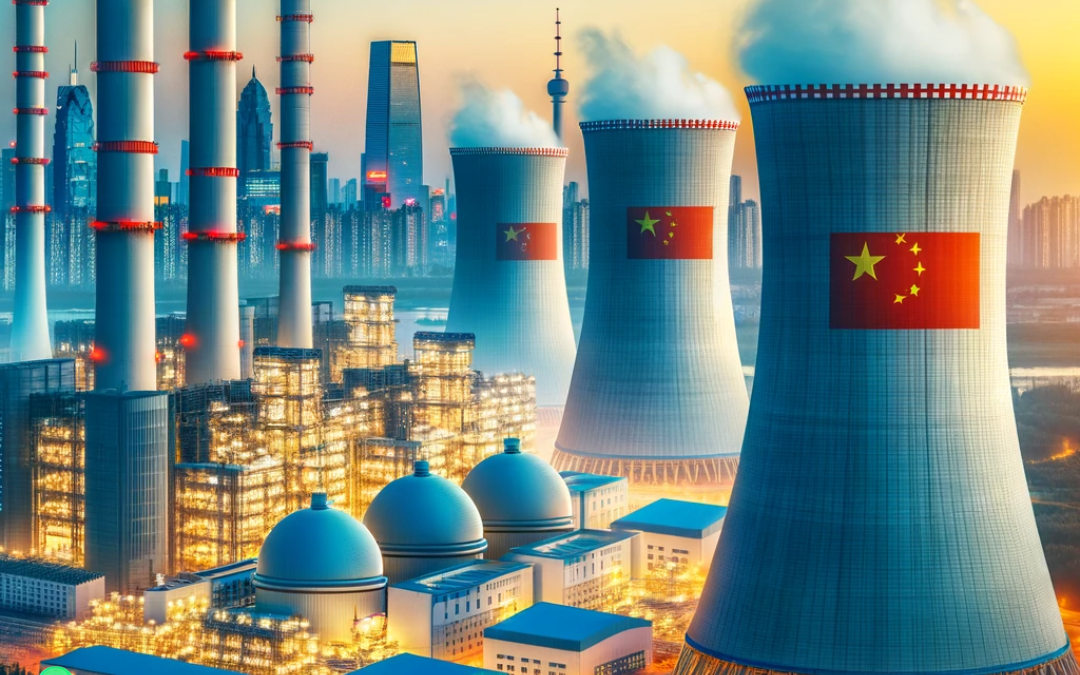 Significant Boost To Chinas Nuclear Energy 10 Reactor Approvals
Apr 29, 2025
Significant Boost To Chinas Nuclear Energy 10 Reactor Approvals
Apr 29, 2025 -
 Trumps China Tariffs Higher Prices And Empty Shelves The Impact On The Us Economy
Apr 29, 2025
Trumps China Tariffs Higher Prices And Empty Shelves The Impact On The Us Economy
Apr 29, 2025 -
 Analyzing Pitchers Name S Performance Mets Rotation Contender
Apr 29, 2025
Analyzing Pitchers Name S Performance Mets Rotation Contender
Apr 29, 2025 -
 Chicago Office Market Meltdown The Rise Of Zombie Buildings
Apr 29, 2025
Chicago Office Market Meltdown The Rise Of Zombie Buildings
Apr 29, 2025 -
 The China Factor Why Luxury Car Brands Like Bmw And Porsche Are Facing Headwinds
Apr 29, 2025
The China Factor Why Luxury Car Brands Like Bmw And Porsche Are Facing Headwinds
Apr 29, 2025
Latest Posts
-
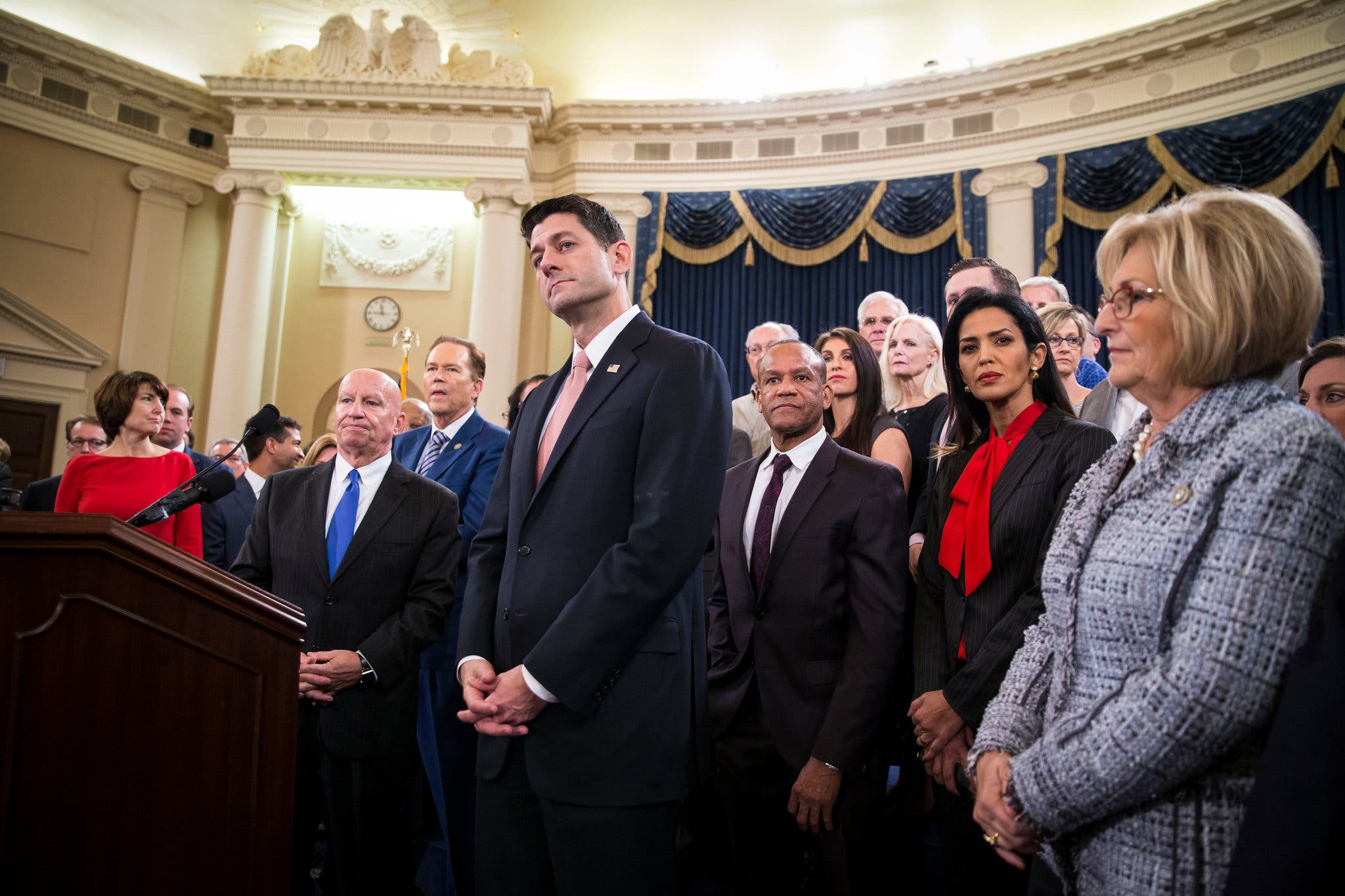 Republican Divisions Could Determine Fate Of Trumps Tax Plan
Apr 29, 2025
Republican Divisions Could Determine Fate Of Trumps Tax Plan
Apr 29, 2025 -
 Can Trump Overcome Republican Opposition To His Tax Bill
Apr 29, 2025
Can Trump Overcome Republican Opposition To His Tax Bill
Apr 29, 2025 -
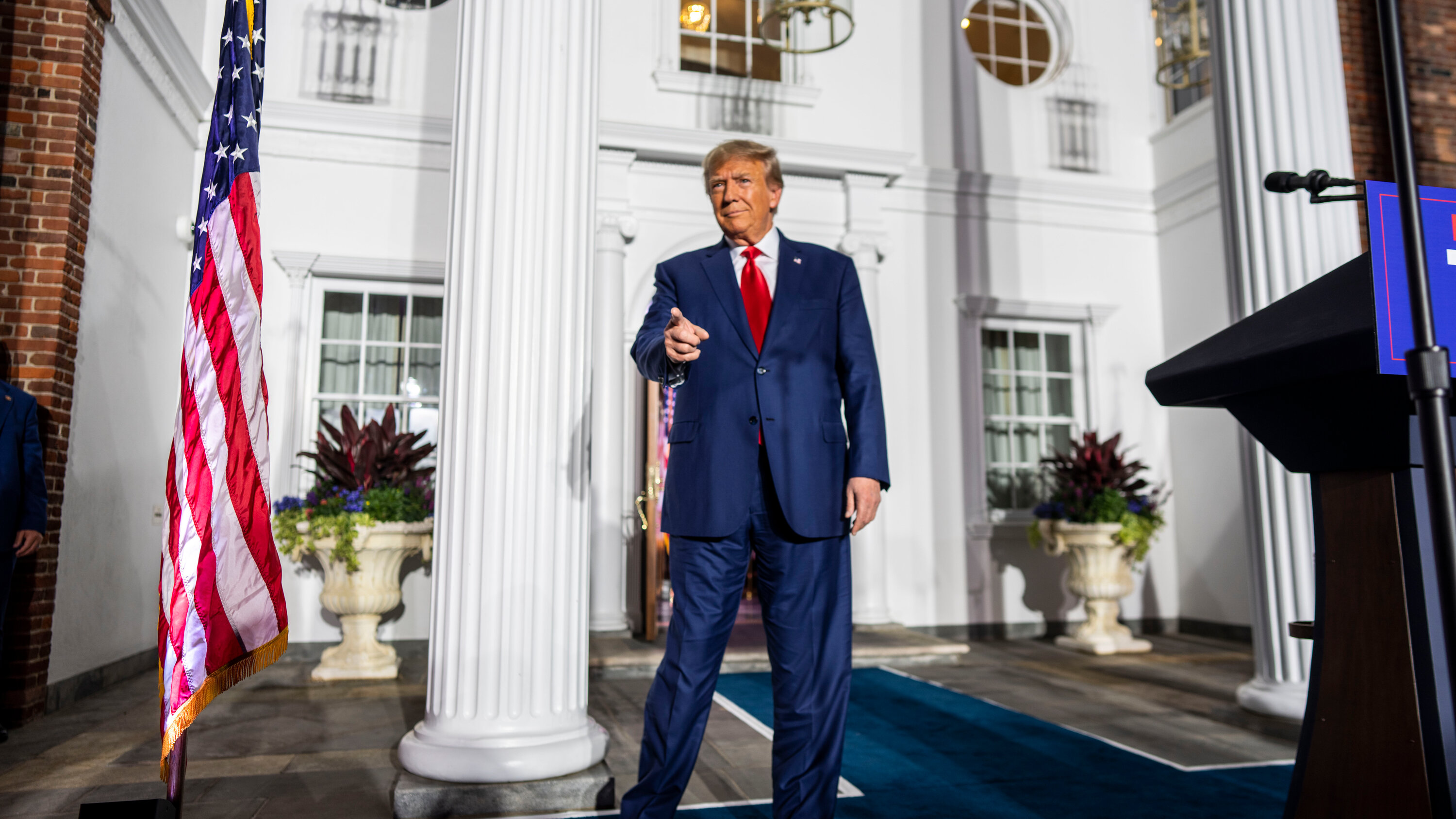 The Fight Within The Gop Trumps Tax Plan In Jeopardy
Apr 29, 2025
The Fight Within The Gop Trumps Tax Plan In Jeopardy
Apr 29, 2025 -
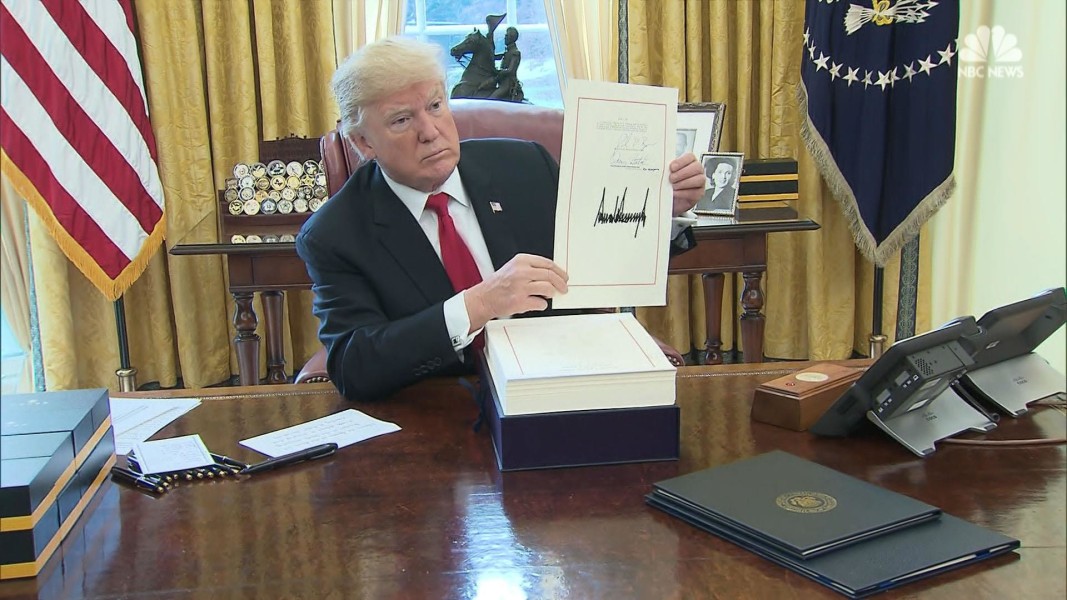 Analysis Trumps Tax Bill Faces Significant Republican Opposition
Apr 29, 2025
Analysis Trumps Tax Bill Faces Significant Republican Opposition
Apr 29, 2025 -
 Key Republican Groups Oppose Trumps Big Beautiful Tax Cuts
Apr 29, 2025
Key Republican Groups Oppose Trumps Big Beautiful Tax Cuts
Apr 29, 2025
